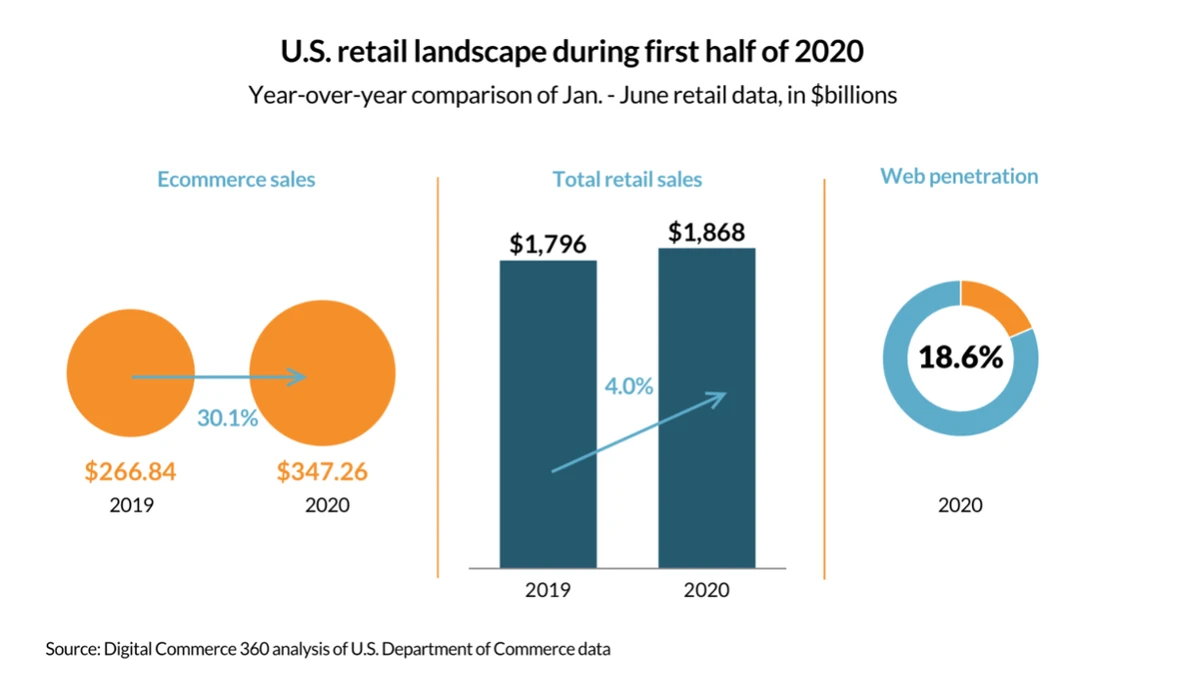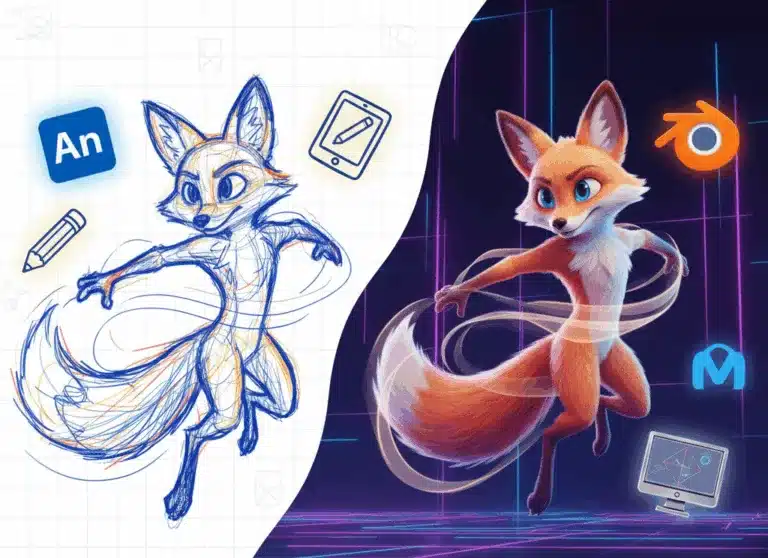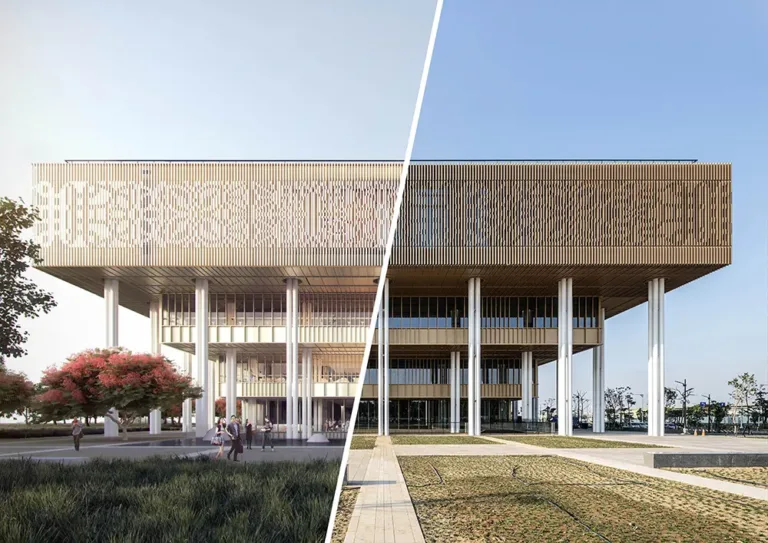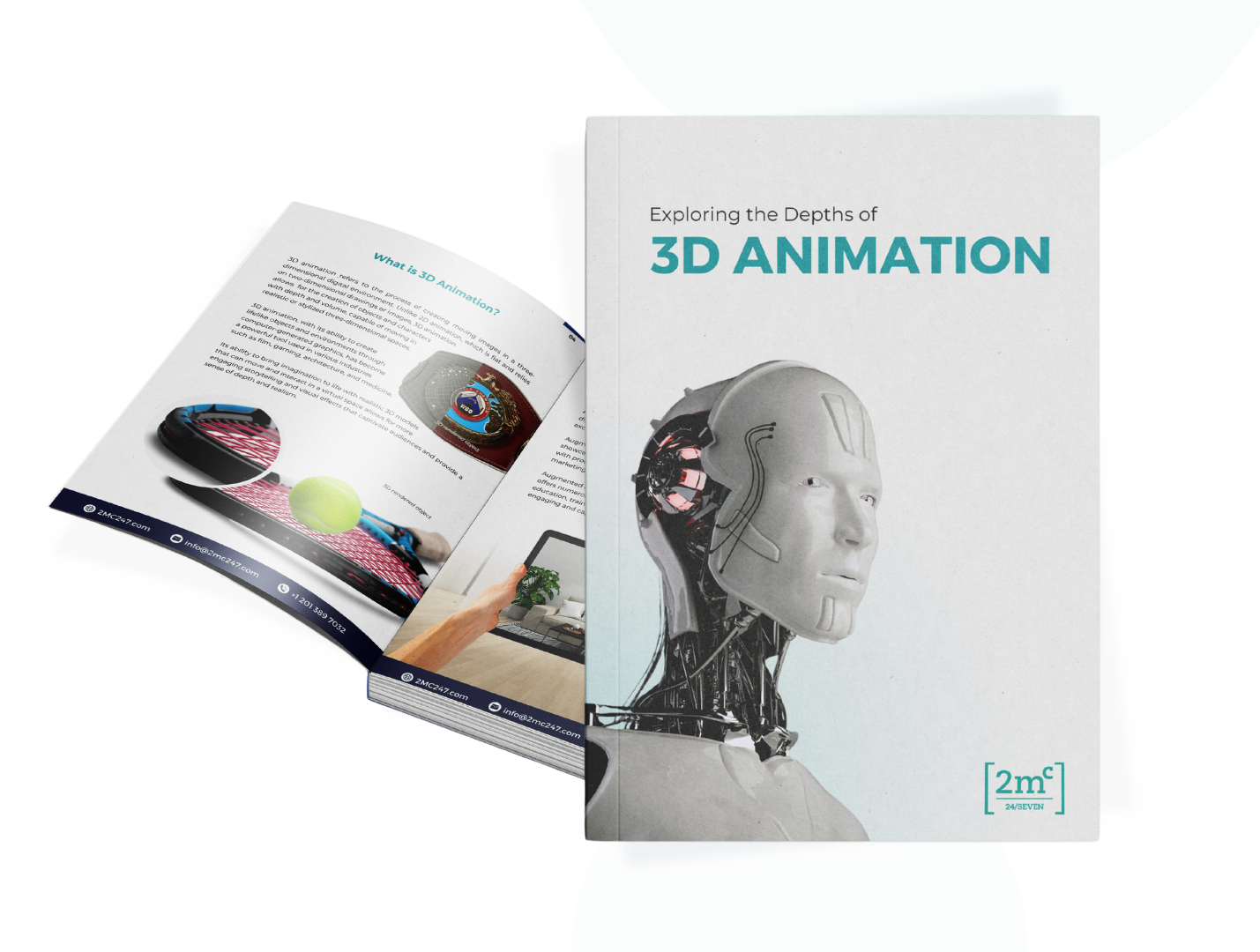The transformative power of video and motion graphics in product design rendering has become increasingly evident, particularly in the wake of significant shifts in consumer behavior. As e-commerce continues to expand, leveraging advanced visualization techniques such as video and motion graphics is crucial for creating compelling and immersive online shopping experiences.
The Impact of COVID-19 on Retail
The COVID-19 pandemic dramatically altered the retail landscape. Physical stores faced unprecedented challenges due to restricted opening hours and social distancing measures. Survival depended heavily on the size of the retailer and the essential nature of their products. In stark contrast, online retailers thrived as consumers turned to digital shopping to meet their needs. This shift is vividly illustrated in the chart below, which highlights the remarkable rise in e-commerce during the first half of 2020.
In 2020, e-commerce sales surged by 30.1%, reaching $347.26 billion compared to $266.84 billion in 2019. Total retail sales also saw a modest increase of 4.0%, from $1.796 trillion to $1.868 trillion. Notably, 18.6% of the overall income from physical stores came from online sales, underscoring the profound impact of the pandemic on retail dynamics.
The Role of Video and Motion Graphics
As the market adapts to changing consumer behaviors, the importance of video and motion graphics in product design rendering cannot be overstated. These tools offer several key benefits:
- Enhanced Visualization: Video and motion graphics bring product designs to life, providing a dynamic and detailed view that static images cannot match. This enhanced visualization helps customers better understand the product features and functionalities.
- Engaging Storytelling: Through video, brands can tell compelling stories about their products. Motion graphics can illustrate complex design processes, highlight unique selling points, and create an emotional connection with the audience.
- Increased Conversion Rates: High-quality videos and motion graphics can significantly boost conversion rates. By offering a more immersive and informative shopping experience, customers are more likely to make informed purchasing decisions.
- Competitive Advantage: In a crowded digital marketplace, video and motion graphics can provide a competitive edge. Brands that invest in these technologies can differentiate themselves, attract more customers, and build stronger brand loyalty.

Adapting to the New Normal
The pandemic-induced shift to online shopping has permanently altered consumer behavior. Retailers and manufacturers must continue to innovate and improve their digital presence to meet the growing demand for e-commerce. Investing in video and motion graphics for product design rendering is a strategic move that can enhance the customer experience and drive sales.
Conclusion
The rise of e-commerce, accelerated by the COVID-19 pandemic, has highlighted the need for advanced visualization techniques in product design rendering. Video and motion graphics play a critical role in this new retail landscape, offering enhanced visualization, engaging storytelling, increased conversion rates, and a competitive advantage. As the digital market continues to grow, embracing these technologies will be essential for retailers and manufacturers aiming to thrive in the evolving e-commerce environment.





